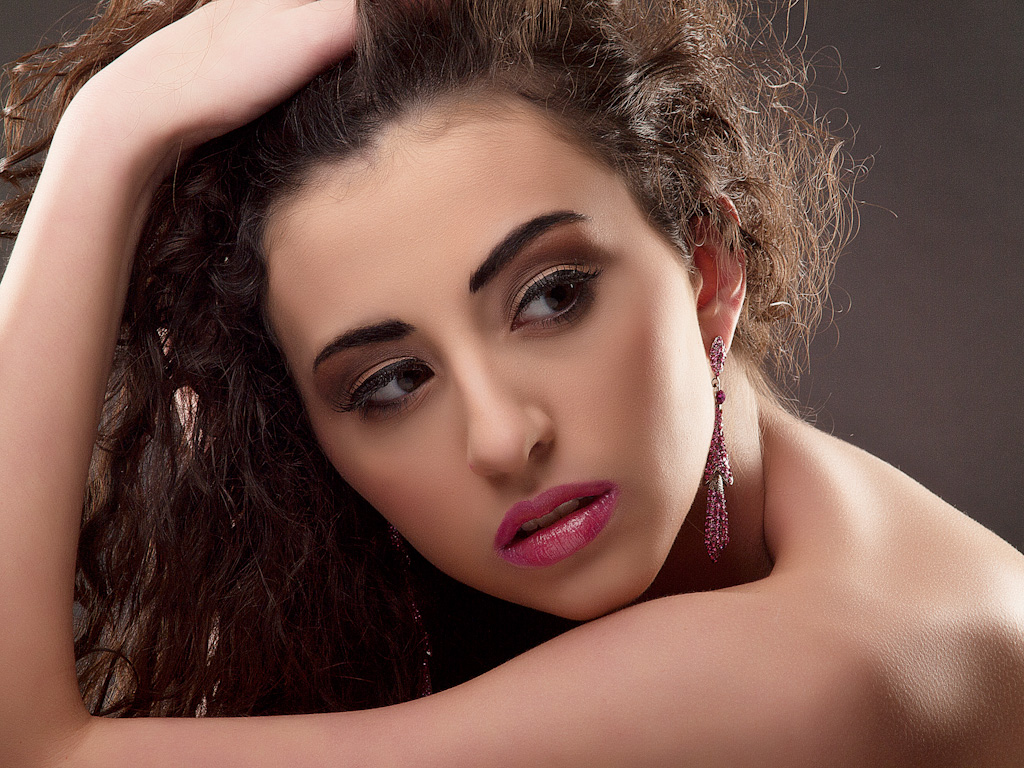Why I use a light meter in the studio.
Many photographers don’t use a light meter. I prefer to at least start the photo shoot with the meter. It’s a jumping off point that helps me to create a balance in the shoot. Later on, I do tend to try different flavors.
The main reason I use a meter is that when I work with strobes, my modeling light can only give me an estimate for coverage. For most strobes, the modeling light is maybe 100 watts but the flash from the strobe is much 300+ watts in some cases.
So, why doesn’t the eyeball mark 1 work for me? Well, when you trigger the strobe, it pulses for a brief fraction of a second. That split second isn’t enough to visualize where the strobe is going to cover. You really can’t visualize the intensity and falloff of a flash of light on a subject.
What I do is take several meter readings on my subject in order to get an idea for coverage and shadows. Even when I’m shooting beauty close ups, it helps me to understand where my highlights and shadows are going to be. I’ll admit it’s not a perfect solution either.
Finally, I have also found that a meter isn’t exactly where I probably will shoot. I usually find myself going either 1 stop brighter or darker than the meter. This comes partly from the differences between a meter and the camera sensor. But it’s also a matter or taste. The meter give you a baseline for mid key lighting. The artistic choice comes from either exposing higher or lower than what shows on the meter.





